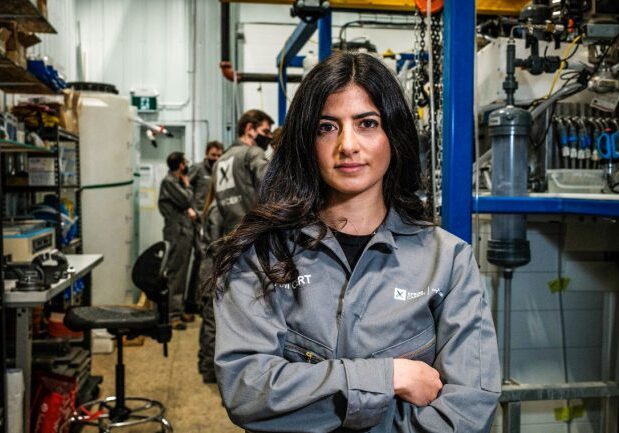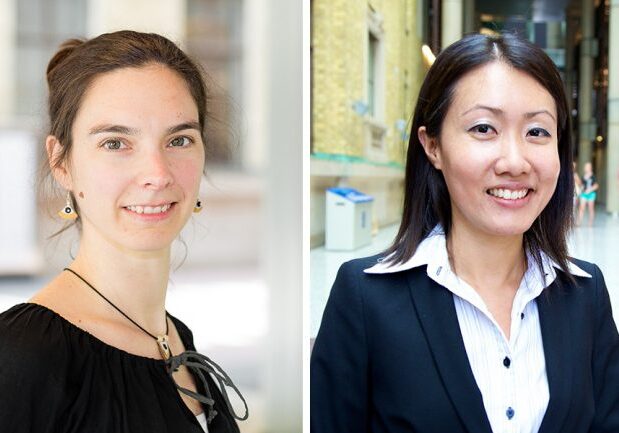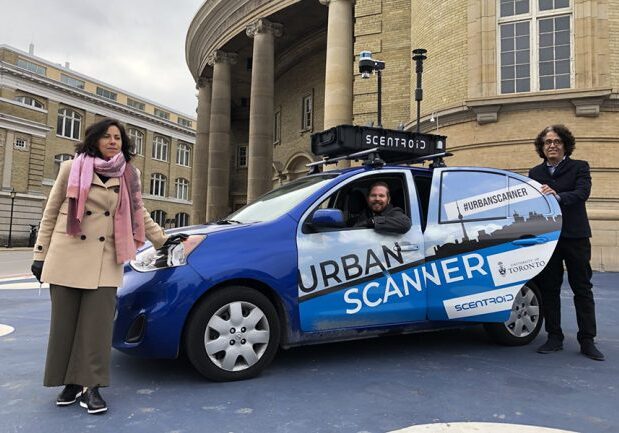
Positive Zero Transport Futures takes a holistic approach to decarbonizing transportation
A team of U of T Engineering researchers is designing models of decarbonization that ensure positive societal outcomes

‘An everybody problem’: David Sinton on how U of T experts can help Canada — and the world — get to net-zero
Canada has formally committed to achieving net-zero greenhouse gas emissions by 2050 — and since 78% of greenhouse gas emissions globally are related to energy, finding cleaner sources is a big part of the puzzle. Researchers at the University of Toronto have responded to this challenge by forming a new research network: the Climate Positive […]
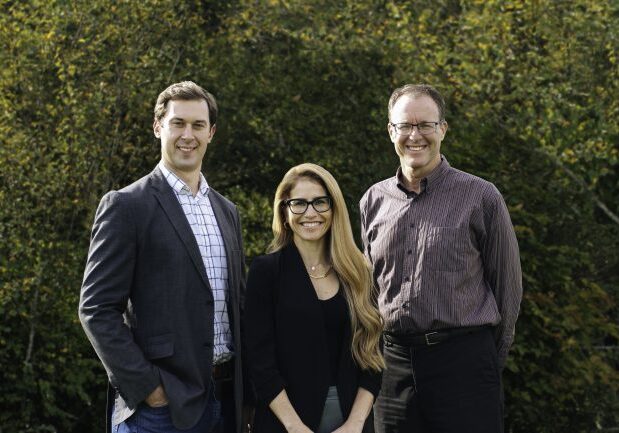
Spin-off company co-founded by U of T Engineering professor creates hydrogen without carbon dioxide emissions
Novel approach to hydrogen production could help decarbonize energy consumption
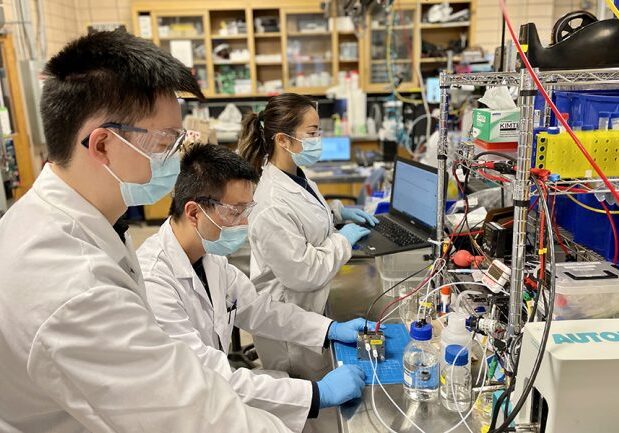
U of T Engineering team earns US $250,000 in global XPRIZE Carbon Removal Student Award
Seed funding will advance an electrochemical process that can capture CO2 directly from air

‘A global leader’: Professor David Sinton highlights U of T’s sustainability efforts at the Ontario Chamber of Commerce
Mechanical and industrial engineering professor outlines efforts to make U of T “climate positive,” meaning the university will curb more emissions than it emits.

Large carbon footprint of new house construction mostly due to concrete basements
Analysis of 40 homes in Toronto suggests zoning and construction strategies that could reduce the environmental impact of new builds

